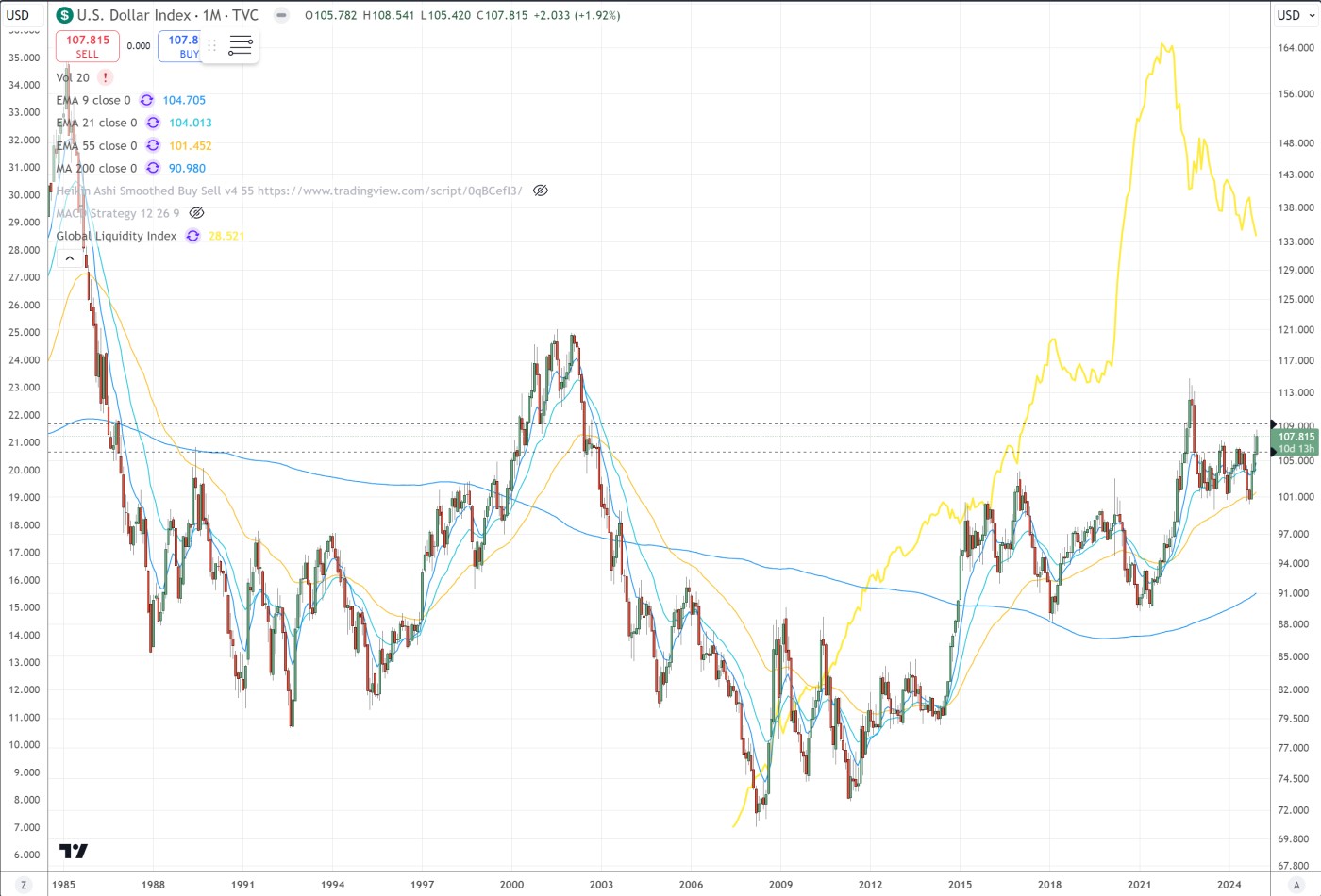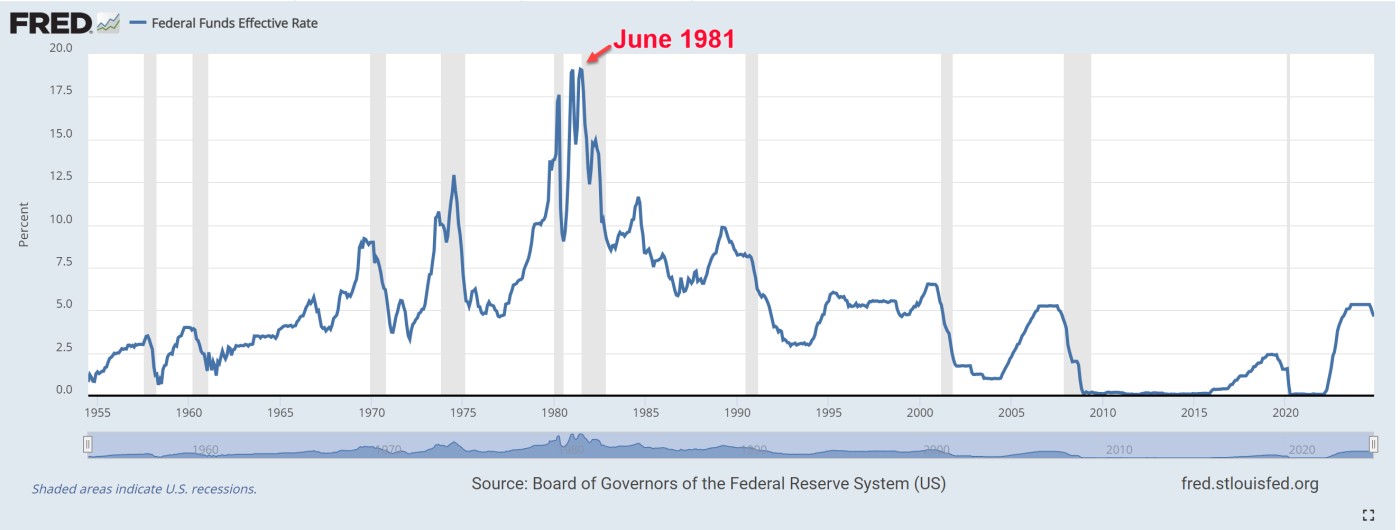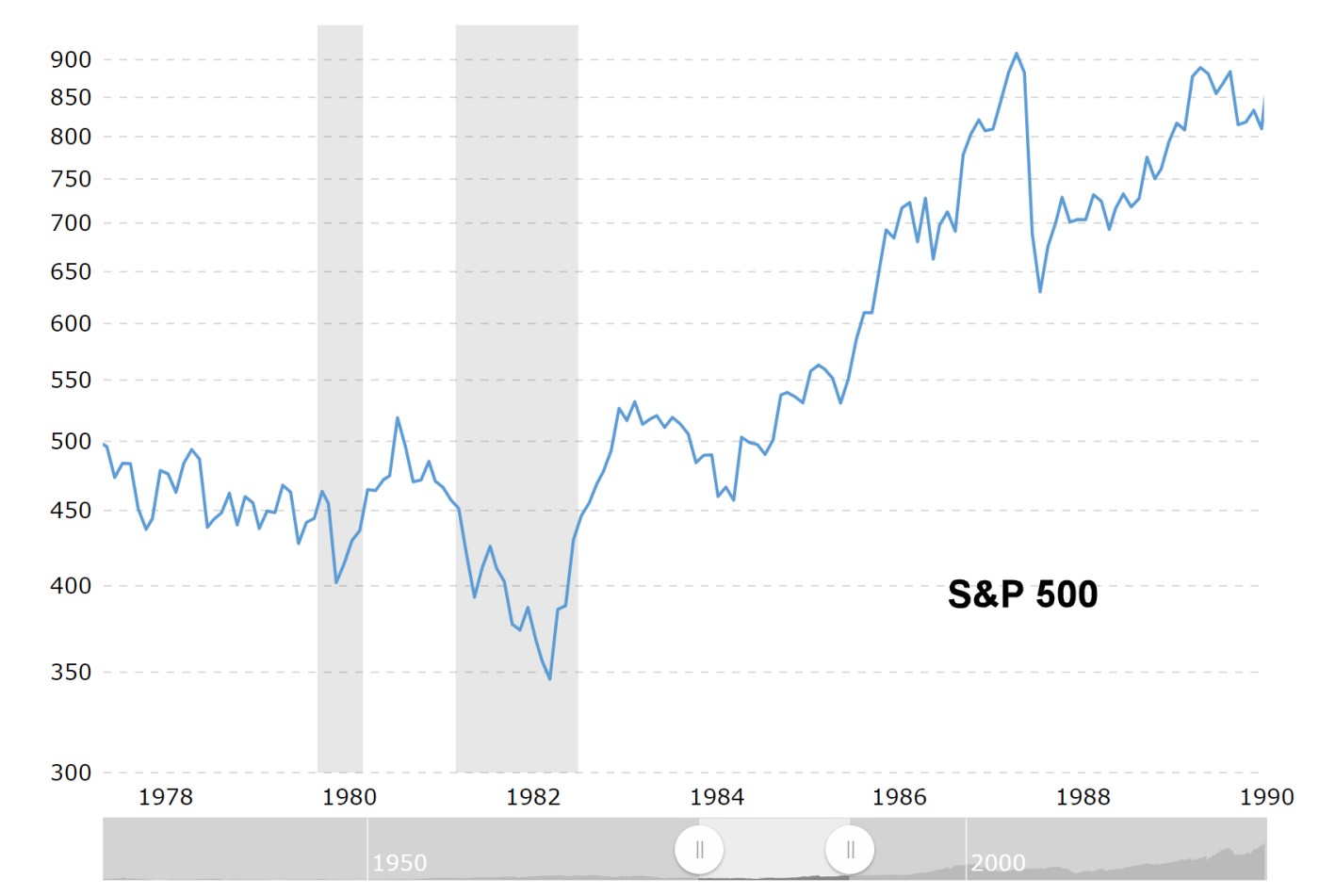Market Lab Report / Dr. K's Crypto-Corner
by Dr. Chris Kacher
The Metaversal Evolution Will Not Be Centralized™
Pace of rate cuts
Powell's pace of rate cuts will be determined by him honoring his dual mandate of solid employment (unemployment rate does not accelerate) and decent growth (GDP) while keeping inflation at bay as measured by wage pressure, CPI, PPI, and the Fed's preferred measure of inflation, PCE. The Fed's target remains at 2%. The prior PCE came in 0.1% under expectations across the board. Markets rallied after having sold off hard since his testimony.
The new Trump administration will push for more liquidity to spur growth. Both liquidity and growth from cutting edge technologies will be used to pay down the debt. With the Trump administration along with Elon favoring e/acc (effective acceleration) where regulations are minimized to allow for maximum growth, R&D, and ROI, this will allow for GDP to grow while inflation hopefully moderates.
While Republican hawks may push for less money printing and tighter monetary policy, their influence is counterbalanced by other factions within the GOP and Trump's preference for lower rates. It will be a tug-o-war between Trump's easy monetary policy and Republican hawks tighter monetary policy.
That said, Trump's policies are pro dollar and deflationary according to Scott Bessent, the new treasury secretary. If Trump wants to hold onto the House to cement his majority during midterm elections in 2026, he cant let inflation run away, so Trump may not push the Fed to lower rates too aggressively. He will want to see sufficient easy money to spur growth but not too easy as to trigger inflation.
A major change since 2008
Since the great financial crisis (GFC) of 2008, we have had rising exchange rates for the dollar. This is due to foreign investments into the US due to its technological leadership along with having to keep their capital in safe assets. Issues over the last decade with the eurozone banking crisis, the Chinese anti-corruption crackdown, and the Covid crisis helped push capital into the US dollar. This helps keep the dollar which remains the sovereign currency of the world in an overall uptrend.


Michael Howell of Crossborder Capital sees no threat to the uptrend in the dollar. Some history first. The dollar was weak from the 1960s to the GFC in 2008. Foreign central banks could therefore ease which would trigger the Fed to ease. This was the best time for global liquidity.
Since the GFC, the dynamics have changed. Since goods and service prices are sticky, most prices adjust to financial asset prices. So in a rising dollar environment, you get a cocktail of a rising dollar and rising US asset prices (stocks, real estate, bitcoin).
The other side of the coin is a falling exchange rate in the euro, yen, and yuan. Their asset prices have gone down relative to the US. If those central banks want to hold their currencies up against a strong dollar, you get a tighter monetary stance from those countries which creates huge deflation in the US which causes asset prices (stocks, real estate, and bitcoin) to fall. But this is unlikely since the long term uptrend in the dollar since the GFC is likely to continue.
What will stop the rise of the dollar and assets (stocks, real estate, bitcoin) is the Fed jumping on the brake due to rising inflation. In 1989, inflation popped the Japanese bubble. The price of rice held steady which was 25% of the CPI so kept inflation low. Service sector inflation on the other hand was accelerating which was unusual for Japan so the central bank decided to hike rates, hitting the brakes hard causing the yen to spike higher so huge deflation hit the economy which took Japan 20+ years from which to recover.
Similar happened to emerging Asia in the late 1990s where foreign investors pulled the plug. Howell thinks the US may be headed into a similar situation if the Fed starts to hike rates.
Liquidity in the US must keep rising for gold, bitcoin, stocks, real estate, and the dollar to continue to rise. If US liquidity drops, then the dollar will drop along with gold, bitcoin, real estate and stocks. For liquidity to rise, inflation must continue to moderate and adequate growth must continue which it should given the aforementioned reasons. But should inflation rise too sharply, the Fed would be forced once again to raise rates, and markets would likely drop at least as much as they did in 2022.
Reagan vs Trump
Deregulation and tax reductions will help spur growth much as it did during Reagan's first term from 1980-1984. Growth during Reagan's first term was not just influenced by tax cuts and defense spending, but also from a shift in monetary policy after the tight controls of inflation by Paul Volcker's Federal Reserve who is known for having broken the back of inflation. The Fed funds rate had peaked in June 1981, 5 months after Reagan took office. The subsequent aggressive lowering of interest rates at first pushed the US into a year long recession then launched the economy into a strong, new bull market by July 1982.

 The comparison to Trump's administration would hinge on similar policy implementations and economic conditions. Trump's first term saw efforts to reduce regulations, but the economic impact was mixed, with some sectors benefiting more than others. Reports from the period suggest that while there was a reduction in regulatory activity, the direct economic benefit was less clear-cut, with Goldman Sachs indicating limited macroeconomic impact from non-financial deregulation in early assessments. That said, a greater impact will be felt from cutting edge tech led growth that is prevalent more so than ever before via AI and blockchain than it was back in Reagan's era.
The comparison to Trump's administration would hinge on similar policy implementations and economic conditions. Trump's first term saw efforts to reduce regulations, but the economic impact was mixed, with some sectors benefiting more than others. Reports from the period suggest that while there was a reduction in regulatory activity, the direct economic benefit was less clear-cut, with Goldman Sachs indicating limited macroeconomic impact from non-financial deregulation in early assessments. That said, a greater impact will be felt from cutting edge tech led growth that is prevalent more so than ever before via AI and blockchain than it was back in Reagan's era.Post WW 2 vs today
Post-World War 2, the US grew out of its debt burden due to a combination of factors including high economic growth rates, low interest rates, and inflation which reduced the real value of debt. This scenario was largely driven by the unique post-war economic boom, demographic advantages (baby boom), and the rebuilding of Europe. Today's economic landscape is different. US debt is significantly larger relative to GDP, and factors like globalization, demographic shifts, and technological changes alter the economic environment. While growth can help manage debt levels, the current debt-to-GDP ratio and interest rates present different challenges. Cutting edge tech together with a proper monetary policy to spur growth but not stoke inflation can help the US grow its way out of its debt.
Stealth QE to the rescue but for how long?
The concept of "stealth QE" refers to unconventional monetary policies that might not be explicitly labeled as quantitative easing but have similar effects, like maintaining high levels of liquidity through other means. If rate cuts slow or halt, reliance on such alternate policies could indeed help maintain market liquidity which would support asset prices, including stocks and cryptocurrencies, but they also carry risks like inflation or financial instability if overused or if markets become too dependent on such support.
Nevertheless, the Fed continues to utilize certain measures such as TGA (treasury general account) and RRP (reverse repo) which can stoke inflation as they run these accounts down since there are no free lunches. Meanwhile, the Fed appears to maintain the appearance of trying to achieve their target rate of inflation of 2%.
Banks are also struggling with insufficient reserves so the Fed will have to pump liquidity into banks to keep them humming. The Fed allowed the banks to use more treasury collateral whether it is from the discount window, from the standing repo facility, or from the federal home loan banks. This is yet another form of debt monetization in the bag of stealth QE tricks.Ultimately, it will come down to inflation which will affect liquidity, ie, QE across central banks with the Fed leading the charge in either direction. We will be keeping a close eye on all measures of inflation and global liquidity.
